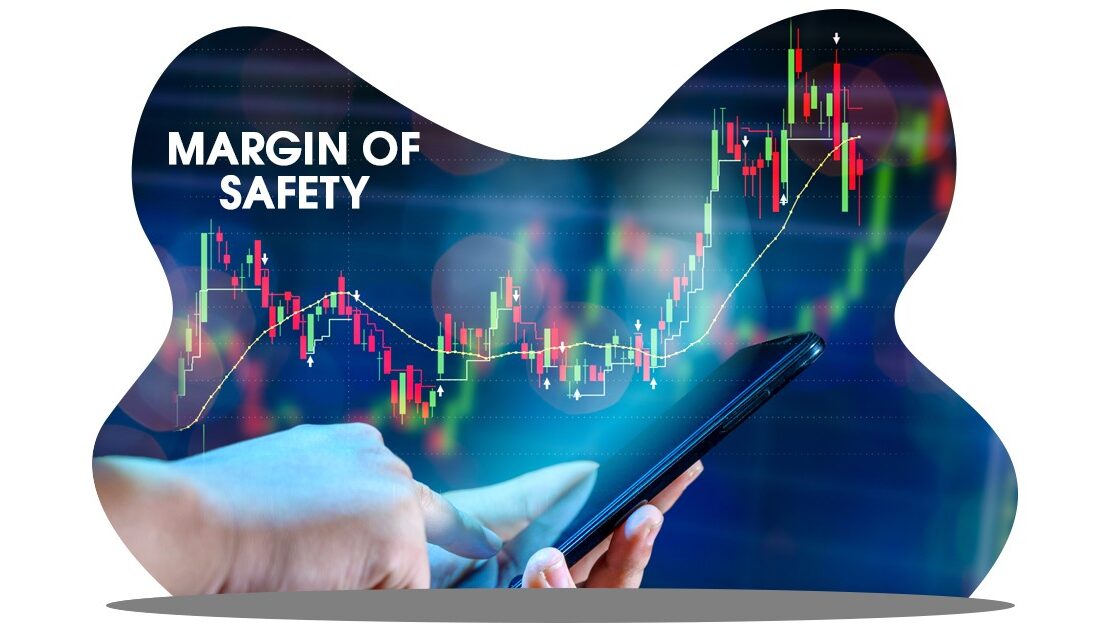Margin of Safety

Margin of Safety
There are two factors involved in determining your investment success, one is how well the company performs and the second is at what price you buy the company. While most of the people get the former right, but fail in gauging the latter. There is a general misconception that investment success depends on buying good companies, but like the guru of investing Howard Marks said “Investment success doesn’t come from ‘buying good things’, but rather from ‘buying things well’.
Let’s take an example to simplify things, which investment decision is better, buying the leader of a sector which is going to grow at 10% valued at thrice the price of its competitor which will grow at the same rate? If you want to buy a good business you will buy the former but, if you want to make money you will buy the latter.
Now that we have understood the importance of the price at which you buy, the concept of margin of safety then arises which is one of the most important parts of risk management. Margin of safety doesn’t mean unfavourable things won’t happen, they just reduce the likelihood of those unfavourable events from happening or reduce the impact of the unfavourable event. The valuation that the stock market gives to a company is an indication of the expectations of the market from that stock. Lower the valuation, lower the expectation, higher the valuation, higher the expectation. If something happens which doesn’t meet the expectation of the market, the same will be reflected in the stock price of the company and will be punished which earlier was valued so highly because of such high expectations made. So, a company which is very highly priced is constantly running on a treadmill so as to meet those expectations, which means the high expectations from the company are “priced in” in the stock price of the company.”
Margin of safety arises for a company which not necessarily has to be a leader but whose potential is not “priced in” in the stock price”.
Just to give a sense of the impact of Margin of Safety, lets take an example of Zomato and Burger King (not exactly comparable but still in the same industry), Zomato’s stock corrected by 60% from its peak but Burger King corrected only by 30%, the biggest reason behind this is, keeping the business capabilities aside, expectations from Zomato were very high that’s why it was highly valued unlike Burger King, so when the markets crashed, Zomato corrected sharply since the chances of not meeting the expectations were high so investors didn’t want to take “relatively higher risk”. In terms of Burger King, there weren’t such high expectations made out of it, hence it was not overvalued relatively, so the market didn’t find it “that risky” and that’s why it didn’t correct as much as Zomato.
To break it down further, what will hurt you more, the taste of dimsums at a Michellin star restaurant not meeting your expected taste which costs 10 times more than the “momos” at the thellawala? The former, right?
To conclude-
Favorable Margin of safety=High performance of the business-Lower expectations of the market. The margin of safety is that cushion that softens your falls if any.
